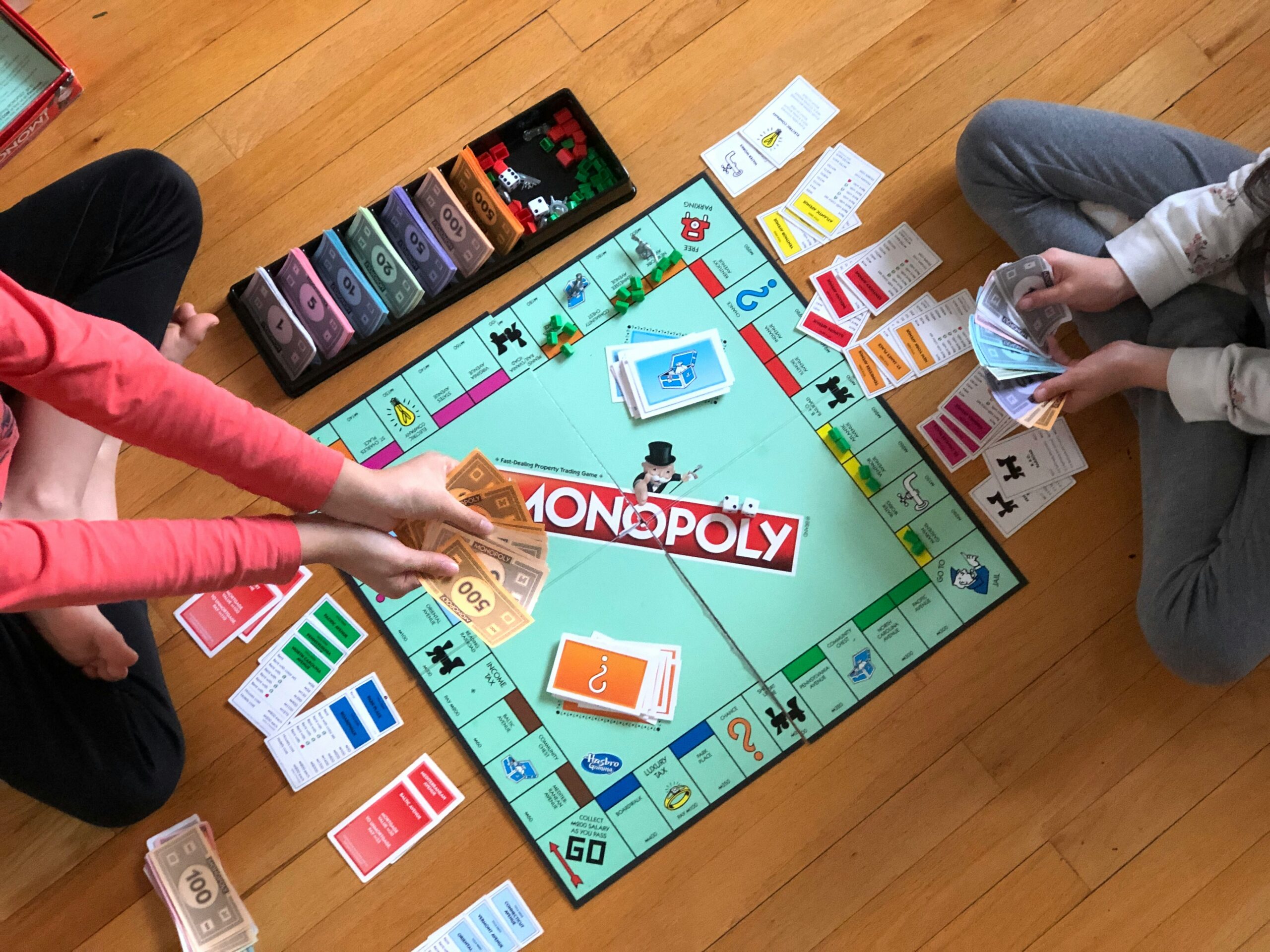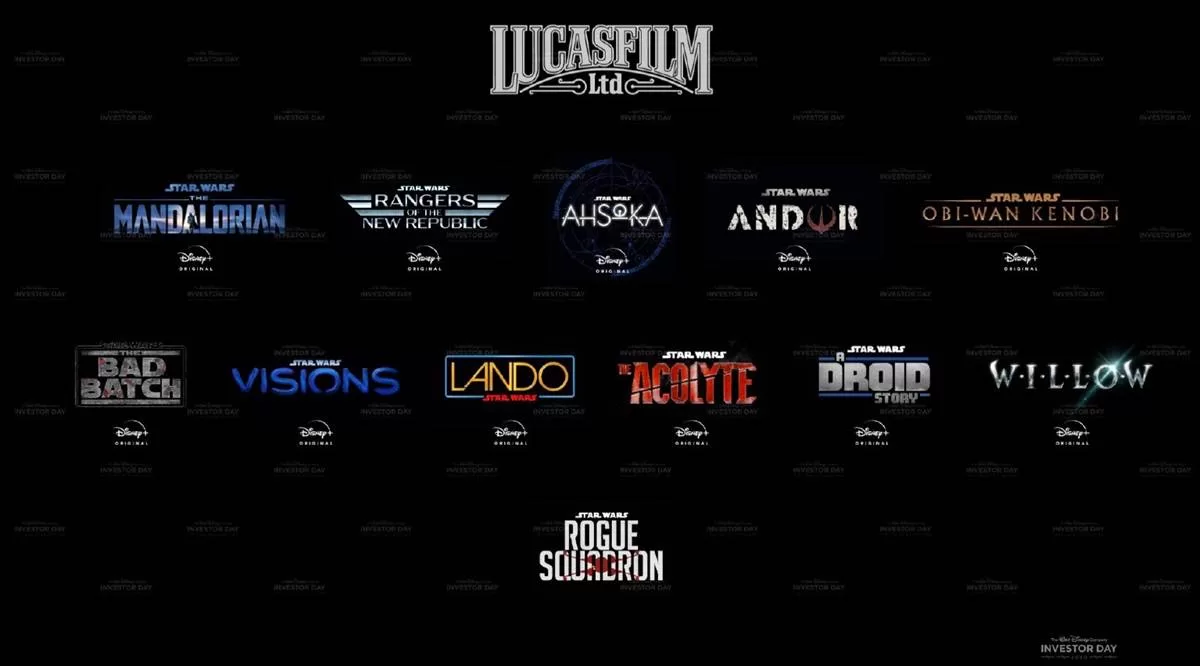Dungeons & Dragons — The Unique History and Evolution of a Timeless Classic
by Jane Sandwood
2020 was declared as the ‘best year ever’ for Dungeons & Dragons, with the year being the 7th of consecutive growth for the game, according to information released by Wizards of the Coast. With over 50 million people having played the tabletop war game, there’s no doubt that it’s a popular and timeless classic for gamers around the world. Despite its popularity now, however, D&D has had a unique history and evolution that has led it to where it’s currently at. From the game’s humble beginnings to how it’s gone digital, here’s the history and evolution of the D&D we love and know today.
How it all started
Dungeons & Dragons originally began in the early 70s, and was created by Gary Gygax and Dave Arneson. With the first rulebook having been written by Gygax and Arneson together in 1973, D&D originated from two other games that the two individuals had previously created (Chainmail and Blackmoor). In order to print and sell the rulebook, Gygax created the company known as Tactical Studies Rules, Inc., and D&D was then successfully distributed. However, while the game initially flourished, it began to decline in popularity in the 90s, before TSR was bought in 1997 by the gaming company known as Wizards of the Coast. Wizards of the Coast then went on to revamp and revive the game, which stands in its fifth edition today (also known as 5e).
The principles of gameplay
D&D is well known for being a fantasy tabletop roleplaying game that’s all about immersing oneself into unique stories and characters with friends. Players take on the role of adventurers, and the first step is to generally create a character of one’s own. One player is tasked with holding the role of the Dungeon Master — aka the lead storyteller/referee. With structure given to determine the consequences of a player’s actions, players roll dice in order to determine their character’s fate in certain scenarios — whether or not they can scale a cliff, avoid a magic lightning bolt, and so on. While these basic principles give the game an immersive and interactive playing field like no other, using tools such as a random team generator ensures that instances like splitting the party can be done in a way that is unique and allows for even more interactive gameplay fun.
How D&D has evolved with technology
While the face-to-face, in person tabletop method is the traditional way of playing a game of D&D, the classic has evolved in a way that has embraced the integration of technology. In fact, there are a variety of options when it comes to taking D&D gameplay online with friends, and you can get started with a standard PC or mobile device, microphone, and webcam. While the game can be played online through just video or voice chat, the classic tabletop scenario can be emulated through the use of virtual tabletops, which can allow for customizable battle maps and tokens.
D&D is a timeless classic in regards to tabletop roleplaying games, with its fantasy lore and escapism likely to be driving factors behind its popularity. From its humble beginnings to it’s explosive popularity, D&D has successfully evolved with the integration of technology allowing for accessible online gameplay around the world.
Author Profile
Latest entries
 ColumnsApril 5, 2024The Renaissance of Traditional Gaming: Why Classic Never Goes Out of Style
ColumnsApril 5, 2024The Renaissance of Traditional Gaming: Why Classic Never Goes Out of Style GamingJuly 27, 2023The Arkham Asylum Files: Panic in Gotham City – Game Night takes a quantum leap forward!
GamingJuly 27, 2023The Arkham Asylum Files: Panic in Gotham City – Game Night takes a quantum leap forward! ColumnsFebruary 2, 2023Everything You Need to Know About The Future of Star Wars
ColumnsFebruary 2, 2023Everything You Need to Know About The Future of Star Wars ColumnsDecember 27, 2022AI Comic Book Creators Receive Death Threats
ColumnsDecember 27, 2022AI Comic Book Creators Receive Death Threats









